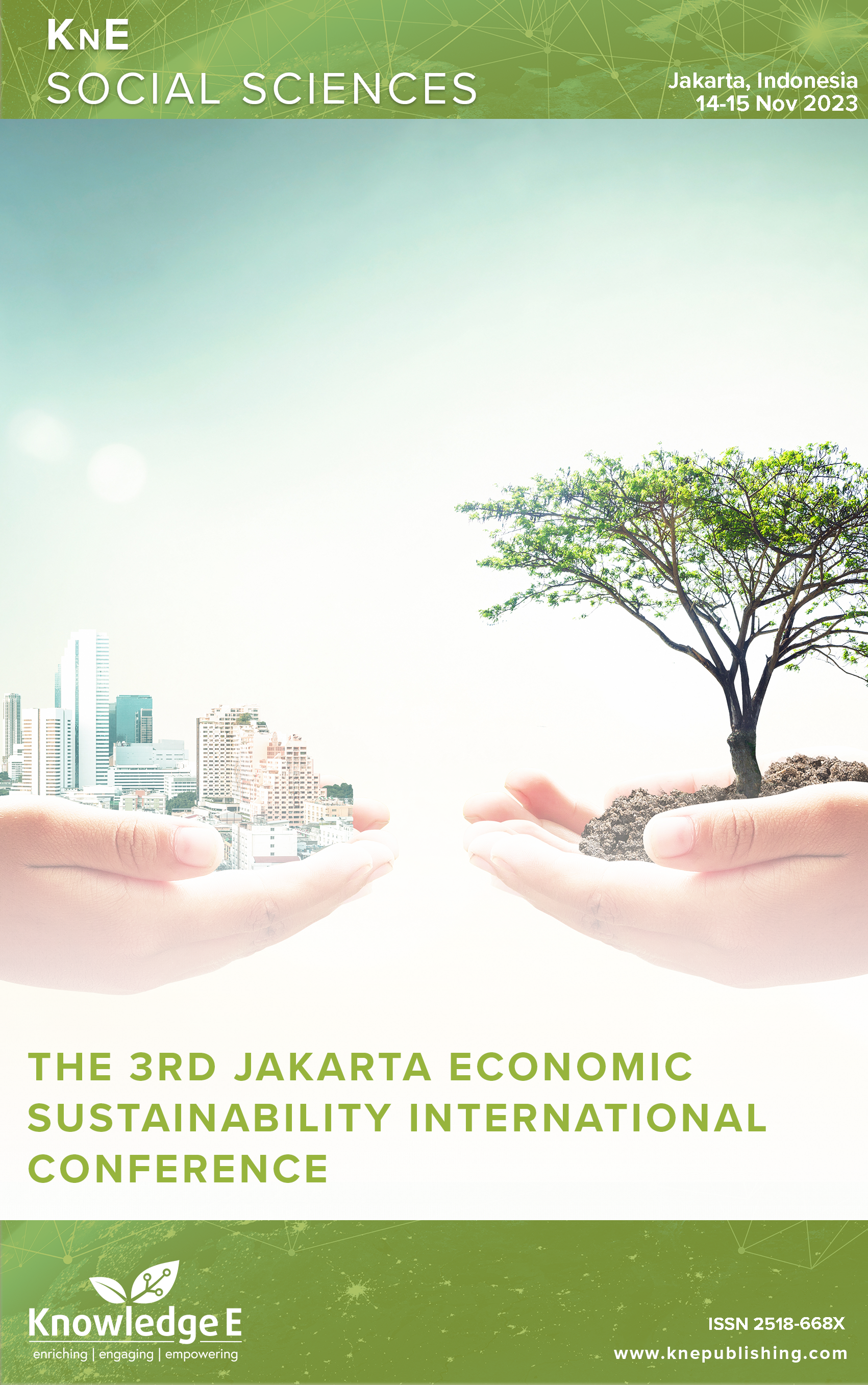Public Economy Analysis in Electricity-based Transportation in Jakarta: Dilemmas and Costs
DOI:
https://doi.org/10.18502/kss.v9i20.16479Abstract
Transportation is of the major component when it comes to city’s economy. In Jakarta, the dense and fast-growing Indonesian capital, fossil-fuel-based motor vehicles account for most of the greenhouse gas emissions and air pollution. Therefore, implementing electricity-based transportation has become very relevant and important for Jakarta to create a more sustainable environment. The main objective of this research is to conduct a public economic analysis of the development and operation of electricity-based transport in Jakarta, focusing on the dilemmas and related costs. The research uses qualitative approaches, combining document analysis, interviews with related stakeholder documents, and economic models to calculate the related costs and benefits. The results show that despite the high initial costs associated with infrastructure and vehicle acquisition, electricity-based transport has the potential to generate significant long-term economic, environmental, and social benefits. The result can provide important insights for policymakers on the economic implications of the development of electricity-based transportation in Jakarta. To obtain such benefits, significant initial investments, strong policy support, and collaboration between the public and private sectors are needed.
Keywords: public economy, context and electricity-based transportation, interests
References
Cao C, Liu H, Hou Z, Mehmood F, Liao J, Feng W. A review of CO2 storage in view of safety and cost-effectiveness. Energies. 2020;13(3):600. https://doi.org/10.3390/en13030600 DOI: https://doi.org/10.3390/en13030600
Sperling D, Gordon D. Two billion cars: Driving toward sustainability. USA: Oxford University Press; 2009. DOI: https://doi.org/10.1093/oso/9780195376647.001.0001
Zhang Y, Yu Y, Zou B. Analyzing public awareness and acceptance of alternative fuel vehicles in China: The case of ev. Energy Policy. 2011;39(11):7015-7024. https://doi.org/10.1016/j.enpol.2011.07.055 DOI: https://doi.org/10.1016/j.enpol.2011.07.055
Sierzchula W, Bakker S, Maat K, Van Wee B. The influence of financial incentives and other socio-economic factors on electric vehicle adoption. Energy Policy. 2014;68:183-194. https://doi.org/10.1016/j.enpol.2014.01.043 DOI: https://doi.org/10.1016/j.enpol.2014.01.043
Liao F, Molin E, Van Wee B. Consumer preferences for electric vehicles: A literature review. Transport Reviews. 2017;37(3):252-275. https://doi.org/10.1080/01441647.2016.1230794 DOI: https://doi.org/10.1080/01441647.2016.1230794
Zhang X, Xie J, Rao R, Liang Y. Policy incentives for the adoption of electric vehicles across countries. Sustainability. 2014;6(11):8056-8078. https://doi.org/10.3390/su6118056 DOI: https://doi.org/10.3390/su6118056
Kester J, Noel L, Zarazua De Rubens G, Sovacool BK. Policy mechanisms to accelerate electric vehicle adoption: A qualitative review from the Nordic region. Renewable and Sustainable Energy Reviews. 2018;94:719-731. https://doi.org/10.1016/j.rser.2018.05.067 DOI: https://doi.org/10.1016/j.rser.2018.05.067
Wyman O [Internet]. Evs are still 45% more expensive to make than combustion-engined cars; 2020 Sep 17 [cited 2023 Dec 7]. Available from: https://insideevs.com/news/444542/evs-45-percent-more-expensive-make-ice/
Di Ilio G, Di Giorgio P, Tribioli L, Bella G, Jannelli E. Preliminary design of a fuel cell/battery hybrid powertrain for a heavy-duty yard truck for port logistics. Energy Conversion and Management. 2021;243:114423. https://doi.org/10.1016/j.enconman.2021.114423 DOI: https://doi.org/10.1016/j.enconman.2021.114423
Mohanty S, Panda S, Parida SM et al. Demand side management of electric vehicles in smart grids: A survey on strategies, challenges, modeling, and optimization. Energy Reports. 2022;8:12466-12490. https://doi.org/10.1016/j.egyr.2022.09.023 DOI: https://doi.org/10.1016/j.egyr.2022.09.023
Caumo S, Bruns RE, Vasconcellos PC. Variation of the distribution of atmospheric n-alkanes emitted by different fuels’ combustion. Atmosphere. 2020;11(6):643. https://doi.org/10.3390/atmos11060643 DOI: https://doi.org/10.3390/atmos11060643
Lenzen M, Malik A, Li M et al. The environmental footprint of health care: A global assessment. The Lancet Planetary Health. 2020;4(7):e271-e279. https://doi.org/10.1016/S2542-5196(20)30121-2 DOI: https://doi.org/10.1016/S2542-5196(20)30121-2

